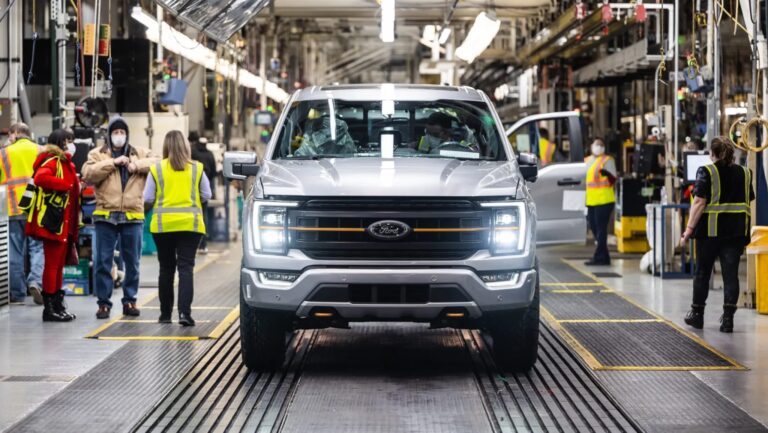In a move that President Trump says will lead to “tremendous growth in the auto industry,” the United States is implementing a 25 percent tariff on imported cars effective April 2.
Auto industry analysts leading up to the President’s announcement predicted that any substantial tariff would cause new car prices to rise anywhere from $3,000 to upwards of $10,000 per vehicle. Despite that, Trump predicts that consumers will actually pay less. He claims he’s pushing to lower auto loan interest rates, “but only if the car is made in America.”
When asked if the tariffs could be removed, he said they are “100 percent” permanent. The President hopes to axe the presently established automotive supply chain, which relies on parts from several different countries to assemble each vehicle. As we’ve written about several times in the past, there are no new cars built entirely in the United States.
We’ll soon learn how global automakers like Toyota and Honda respond as the U.S. is their largest market. For reference, of the 2.3 million vehicles that Toyota sold in the States last year, roughly 1 million of them were built elsewhere.
It’s currently unclear what criteria automakers must meet for a car to be considered “built in the U.S.” Many manufacturers boast about their vehicles being assembled here, but that doesn’t mean the components they use are sourced from here.
This is a developing story.
Read the full article here

